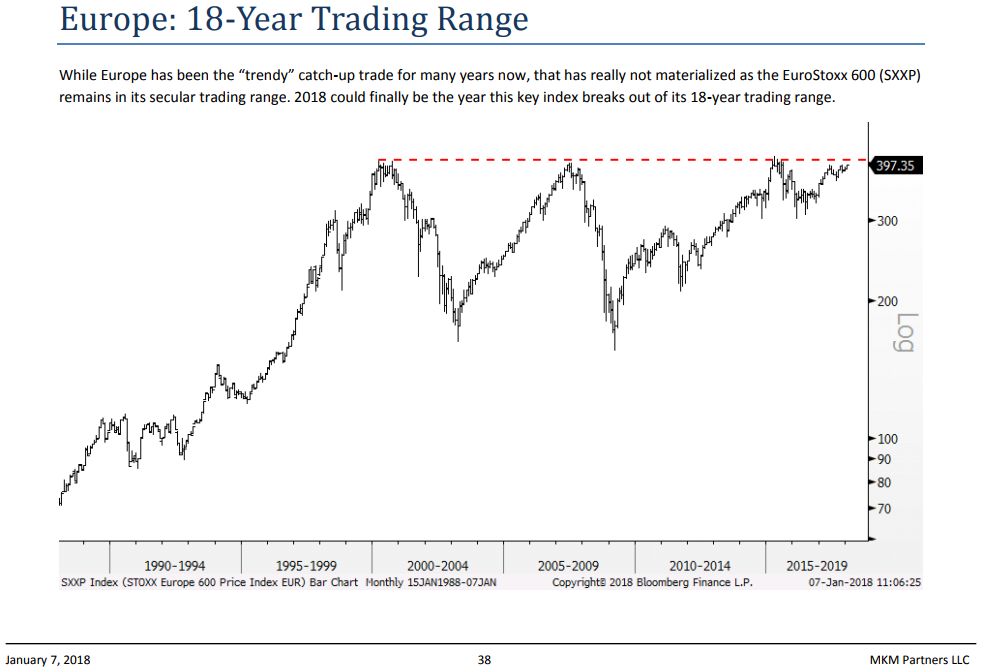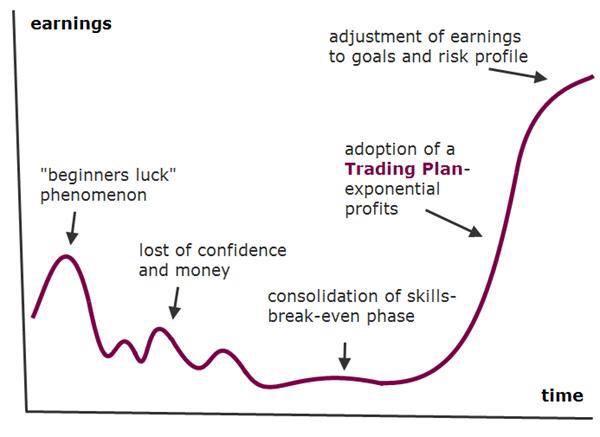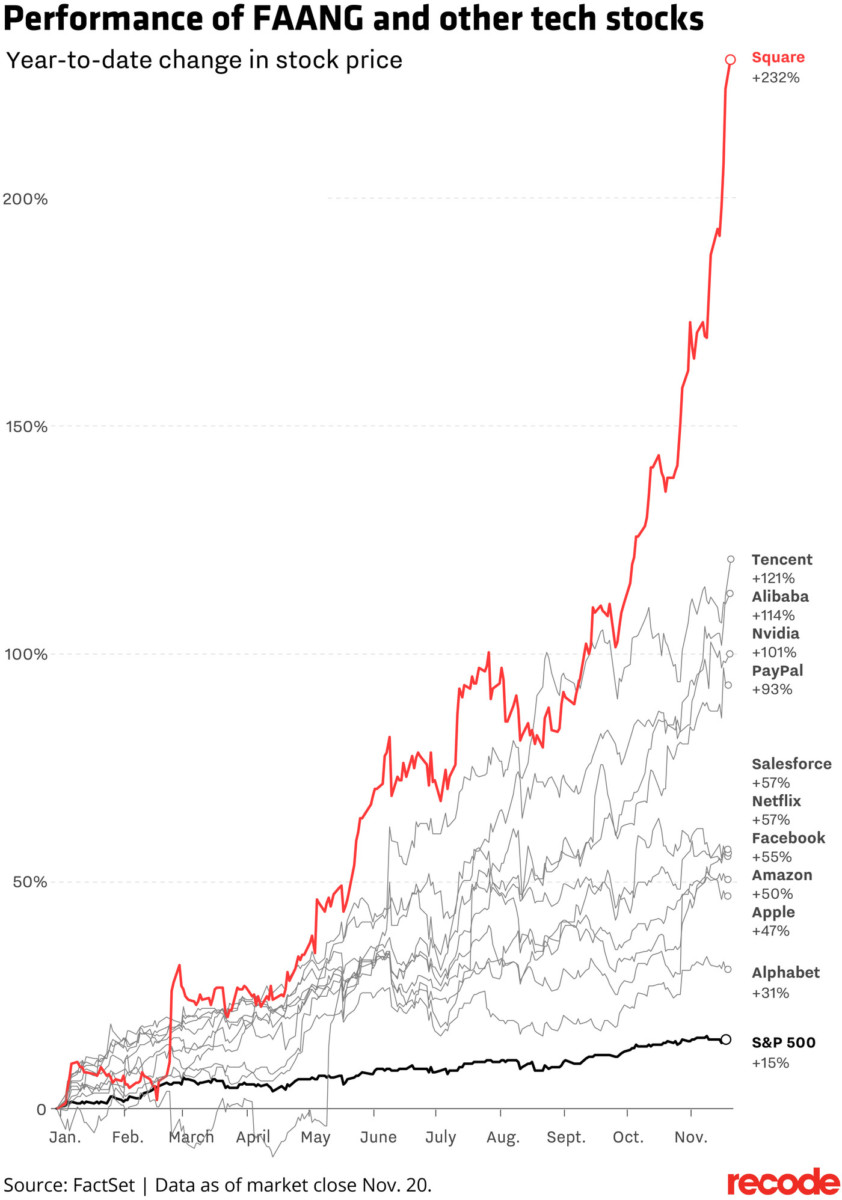 Everybody is bullish on gold these days. You even have outfits like ‘Cash For Gold’ peddling their trades at your local mall. But historically, gold has never been a great long term investment.
Everybody is bullish on gold these days. You even have outfits like ‘Cash For Gold’ peddling their trades at your local mall. But historically, gold has never been a great long term investment.
While the love for gold can take this commodity to $3,000, be sure to get off the train before the top. Because once it goes down, it stays down for decades.
NEW YORK (Commodity Online): A gold boom is on and despite the ‘bubble talk’ on gold, every investor worth the name is running after the shining metal. From Jim Rogers to John Paulson, most investors or investing analysts have argued that gold is the best investment bet against rising inflation and declining US dollar value. They all are waiting for a gold bull run that will go past $2000 per ounce in 2010.
But Warren Buffett, the world’s richest investor and billionaire businessman, has not yet fallen for gold. His ideas on gold and why he is not interested obsessed with investing in the shining yellow metal should be an eye opener for all those who are running after gold.
Here are some reasons why gold is not luring Warren Buffett, and why there are better, erudite and lasting investing options than gold.
”Gold gets dug out of the ground in Africa, or someplace. Then we melt it down, dig another hole, bury it again and pay people to stand around guarding it. It has no utility. Anyone watching from Mars would be scratching their head.” Warren Buffett. (more…)






 Vincent W. Veneziani’s The Greatest Trades of All Time: Top Traders Making Big Profits from the Crash of 1929 to Today (Wiley, 2011) is not the greatest trading book of all time. The problem is that most of its material is readily available in greater detail elsewhere. For instance, if you want to read about John Paulson’s subprime short, the obvious source is The Greatest Trade Ever by Gregory Zuckerman. Or why read ten pages about Jesse Livermore when we have Reminiscences of a Stock Operator? The only original material comes from the author’s interviews with Kyle Bass and Jim Chanos.
Vincent W. Veneziani’s The Greatest Trades of All Time: Top Traders Making Big Profits from the Crash of 1929 to Today (Wiley, 2011) is not the greatest trading book of all time. The problem is that most of its material is readily available in greater detail elsewhere. For instance, if you want to read about John Paulson’s subprime short, the obvious source is The Greatest Trade Ever by Gregory Zuckerman. Or why read ten pages about Jesse Livermore when we have Reminiscences of a Stock Operator? The only original material comes from the author’s interviews with Kyle Bass and Jim Chanos.


